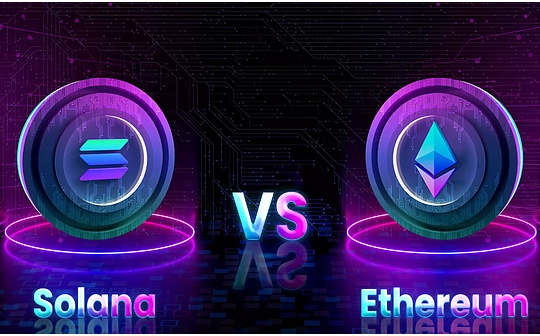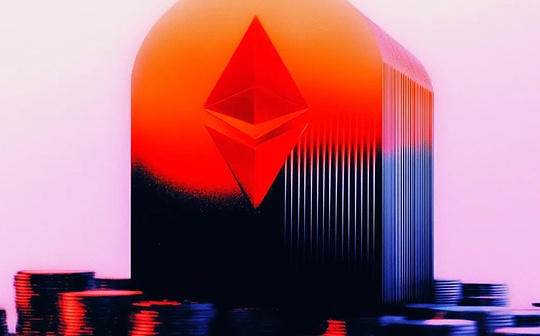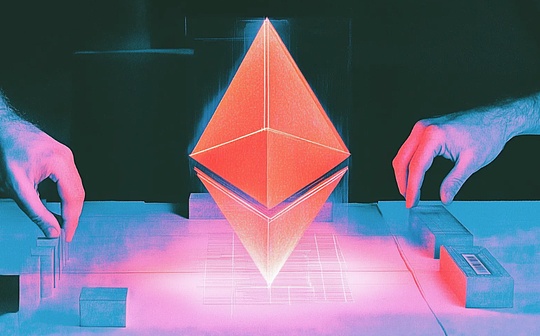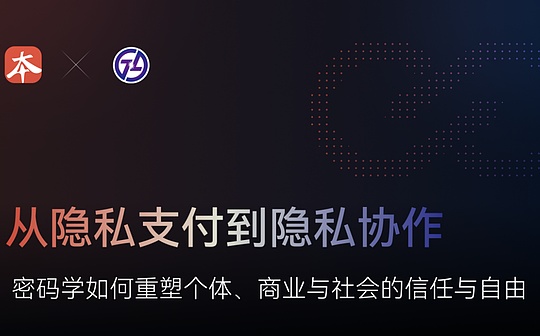
Author: Lao Bai Source: X, @Wuhuoqiu
FinishedRWA, sayETHandSolanaSomething worth mentioning above.
The most worth mentioning on ETH should be the Native Rollup proposed by Justin some time ago. This has been further expanded on the current Based Rollup, of course, it is much more difficult to implement.
Let’s talk briefly firstBased Rollup –
This is what Puffer/Taiko is doing. Compared with traditional L2, the sorting rights are given to L1. There are two main benefits: one is that L1 can capture more value, and the other is that all Based Rollups have theoretically formed interoperability.
I was originally confused about 2. Later, when I was chatting with a project partner of the Based Rollup, I asked the Founder and confirmed that it was indeed possible to interoperate, because in the Slot of any 12S on L1, there is a certain selected validator responsible for block production, and all the sorting of the Based Rollup will be the selected validator, so these Based Rollups can indeed form interoperability.
But there are two follow-up questions that follow
1 is currently several L2s that occupy an absolutely important position. I can’t think of any motivation to transform into Based Rollup
2. If there are dozens/hundreds of Based Rollups in the future, the verifier responsible for block production on L1 will have a much greater burden, and the hardware requirements for it will definitely be much higher than now.And because the validators are randomly elected, that is, all the hardware requirements of Candidate must keep up, otherwise you can’t stand the order of these dozens/hundreds of L2s at all, and the decentralization of ETH Validator will inevitably have a great impact.
Let’s talk about it againNative Rollup
Based Rollup is to hand over the sorting rights to the verifier of L1, while Native Rollup hand over the proof system to the L1 verifier. By introducing a precompilation, L1 can sense the state transition of Native Rollup in each block (this precompilation blind guess requires a hard fork upgrade to be added).In the early stage of the proof system, Re-execution (that is, the L1 verifier runs the transaction by himself) is used as the initial solution, and then Real-Time Proving (based on Snark proof) is used as the optimization solution, but this requires a significant improvement in ZK technology (the proof that a block can be produced within a few seconds is not reached at present, and it is estimated that it will take at least 3-5 years)
NativeThere are three things worth mentioning
1. You will find that this is actually very similar to the earliest ETH expansion solution. This is not Rollup, isn’t it just sharding?
2. You will find that ETH and Solana meet at a certain point. The two expansion projects of Solana, the Ephemeral Rollup of MagicBlock and the expansion execution layer of Lollipop, are similar to the Native Rollup, and they all have a bit of a fragmented visual sense.
3. I’m not 100% sure, but I think/hopefully this is the case, i.e., the user experience like Native Rollup and MagicBlock does not require users to switch networks.That is, you stay in ETH/Solana L1 on MetaMask/Phantom, and your assets have not entered and exited L2 through the bridge. Native/Ephemeral Rollup just completes the calculation as an external execution layer, and then automatically settles in L1, so that there will be no island problems in liquidity.
However, I always feel that the ideal is full and the reality is skinny. Not to mention the technical difficulty and time of implementation, it is difficult for people to become optimistic just by the issue of separating interests of the existing L2.The development of the currency circle has long since become the first, but the world.
As for the Prague upgrade next month, there are already many articles interpreted online, so I won’t go into details here. I hope that after this upgrade, 7702 can end the previous account abstraction of various EIPs and come up with a final solution at the chain level.Of course, whether the end users and developers buy or not is another story
Then let’s talk about itSolana
Solana is also worth talking about two things recently.One was very popular some time agoSIMD-0228proposal.
The proposal content is basically to change the current inflation of Sol, from the current fixed annual reduction of 15% to a new issuance rate dynamically adjusted according to the pledge rate.
Overall, there are several characteristics
1. MEV income status has improved (Solana’s MEV income in Q4 2024 is 10 times that of Q1, but with the shutdown of http://Pump.fun, I am quite curious about what level of MEV income will be in 2025)
2. Dynamic adjustment of additional issuance, setting three balance points according to the pledge rate: 65%, 50%, and 33%.
3. The new proposal is not very unfavorable to small and medium-sized validators
4. Solana can be seen also shifting from “overpayment to ensure safety” to “find minimum necessary payments”
This proposal ultimately failed because it did not get 66.7% of votes in favor, but it was not far from that. It seems that getting 61% is
Although the proposal has not been passed, there are two interesting things worth mentioning
1. Antatoly was not too frustrated. He believed that “Solana’s governance needs to be fast and decisive, and rapid governance actions will be the key to finding better solutions.” In other words, the failure of SIMD-0228 is also a reflection of the autonomy and efficiency of the Solana network.This proposal takes about 1 month from the launch of Multicoin to the community discussion to the end of the voting. “Quick pass/fail”, and then the next one, which is very important for the rapid evolution of Solana.
2. It is the Chinese media that almost all the interpretations of the inflation rate of this proposal are wrong. Most Chinese media, including Chinese Twitter, interpret the inflation part of this proposal as “reducing inflation by 80%”, that is, under the current pledge rate of around 65%, the inflation rate is reduced from 4.8% to about 0.8%.I was shocked when I first saw it. I changed to a few Souces and interpreted this way!How is this verifier not furious yet!Even if Mev’s revenue increases, the additional issuance revenue instantly decreases by 80%, and Validator’s rhythm of strike… Then I looked at the original proposal and the interpretation of the English KOL. Under the current pledge rate, it should be reduced from 4.8% to about 0.8% to 4%, rather than directly to 0.8%.It is estimated that the earliest author of the Chinese area who interpreted the article misreaded the formula and directly understood it as reducing it to 0.8%. All the media + KOLs in the future copied the homework directly and then collectively copied the wrong ones.
The second thing to say is not news.2024There are things that have been there in the year, but the first time I know, I’m still following oneSolanaThe aboveRWAWhen chatting on the projectFounderTell me, that isSolana Token Extension, I guess many friends don’t know, so I’ll share it.
Solana Token Extension – a new generation of SPL token standards, namely Solana chain-level token solutions, including privacy transactions (only amounts of privacy, both parties cannot hide them), transfer Hooks (such as KYC, mandatory royalties), non-transferable tokens (similar to SBT), interest-generating assets, metadata, etc., a total of 19, which can be used as a combination of them.
This is also the main reason why that RWA project adopts Solana. In addition to TPS, Solana has chain-level native privacy, KYC and other token standard solutions, and can be combined, which is much more flexible than the various ERC individual token standards on ETH.For example, the new generation of Move tethers cannot have such rich native-level availability for the time being, so Solana has become their only choice.This also made me much stronger in Solana. Solana can do more than just Pumpfun and Meme. I believe that using these Token Extensions flexibly can create many meaningful projects.
Finally finished talking about ETH and Solana, I will write the last article in this series this weekend, the observation and thinking of Crypto X AI in 2025.








